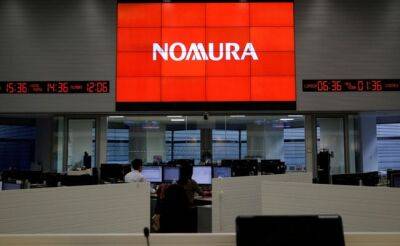Bitcoin pushes to $40K, but are bulls strong enough to win Friday’s $735M options expiry?
Bitcoin (BTC) price has been stuck in a falling wedge pattern for the past two months and during this time it has tested the $37,600 support on multiple instances.
Adding to this “bearish” price action, BTC is down 16% year-to-date, which is in line with the Russell 2000s performance.
The real driver of Bitcoin’s current price action are investors’ concerns of worsening macroeconomic conditions. Professional investors are worried about the impact of the U.S. Federal Reserve’s tightening economic policies and on May 3, billionaire hedge fund manager Paul Tudor Jones said that the environment for investors is worse than ever because the monetary authority is raising interest rates when financial conditions are already worsening.
On May 4, CNBC reported that the European Union implemented new sanctions to phase out Russian crude oil imports within six months and European Commission President Ursula von der Leyen said, "This will be a complete import ban on all Russian oil, seaborne and pipeline, crude and refined."
For these reasons, traders are increasingly concerned about the potential impact of a global macroeconomic crisis on cryptocurrency markets. If global economies enter a recession, investors will seek protection by moving away from risk-on asset classes like Bitcoin.
The open interest for the May 6 options expiry in Bitcoin is $735 million, but the actual figure will be lower since bulls were caught by surprise as BTC moved below $40,000.
The 1.22 call-to-put ratio reflects the $405 million call (buy) open interest against the $330 million put (sell) options. Nevertheless, as Bitcoin stands near $39,000, 89% of the bullish bets will likely become worthless.
Meanwhile, if Bitcoin's price remains below $39,000 on May
Read more on cointelegraph.com



















